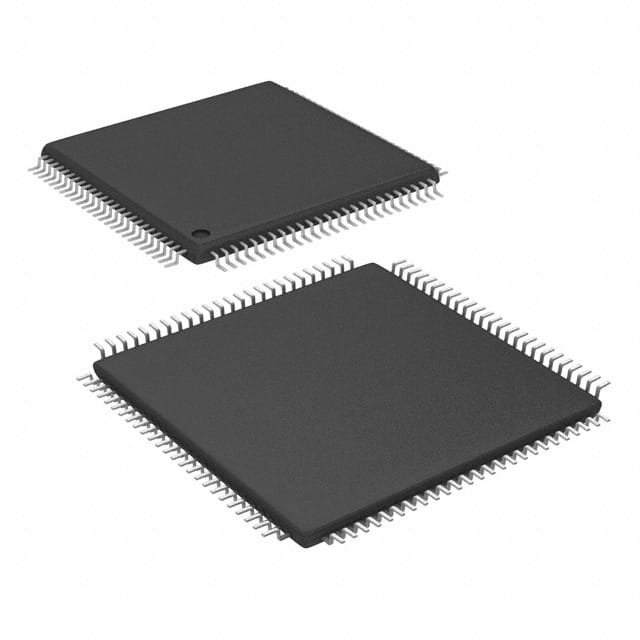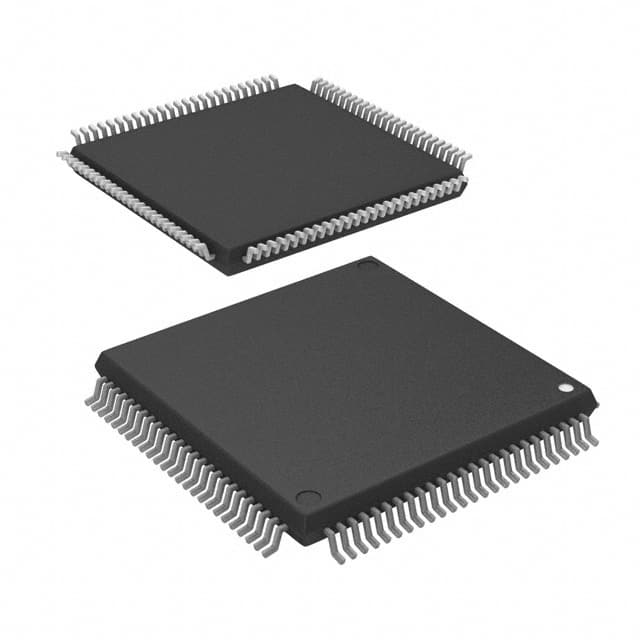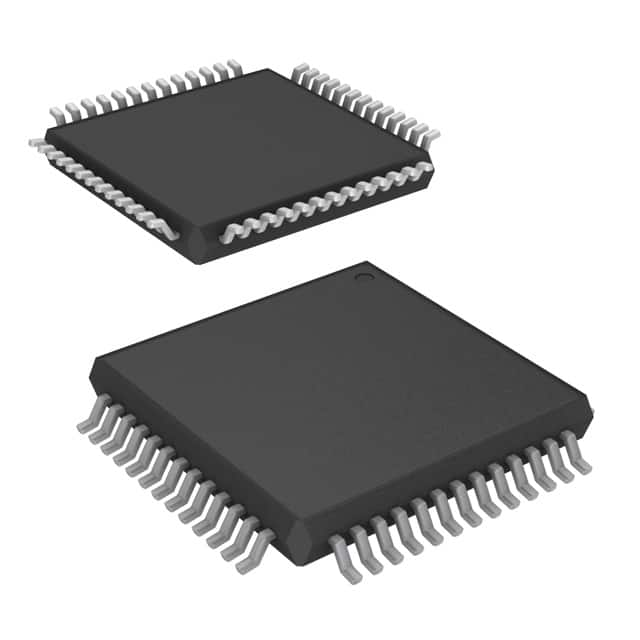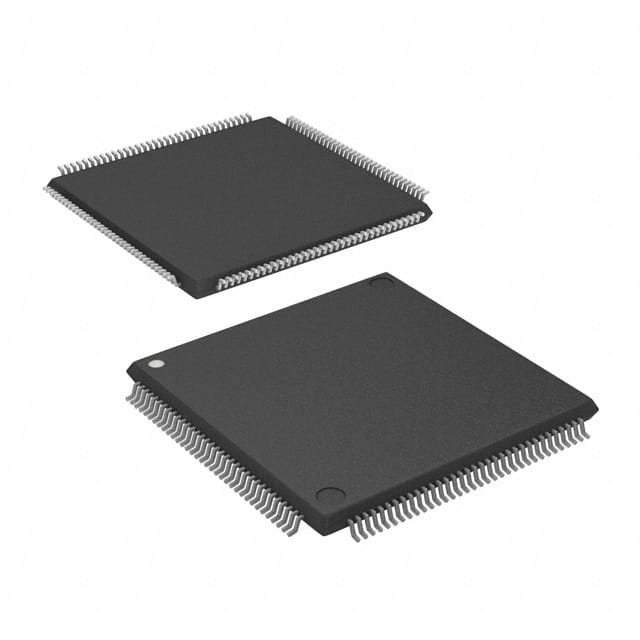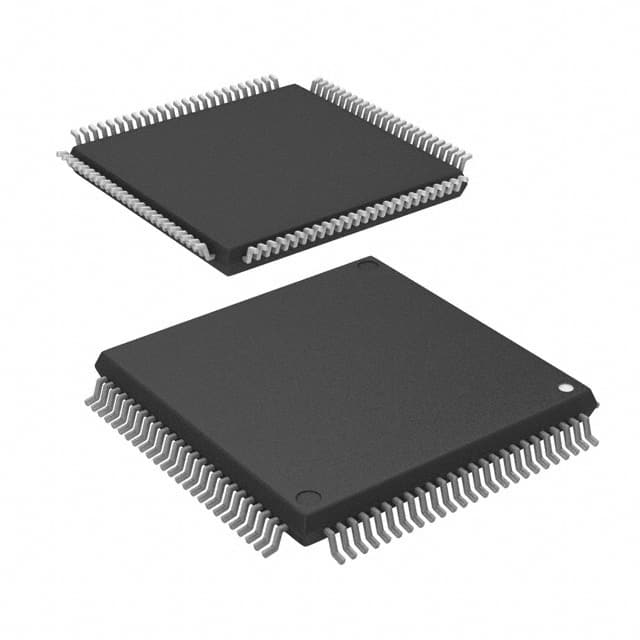Microchip Technology PIC32MZ2048EFH100T-250I/PF
- PIC32MZ2048EFH100T-250I/PF
- Microchip Technology
- IC MCU 32BIT 2MB FLASH 100TQFP
- Embedded - Microcontrollers
- PIC32MZ2048EFH100T-250I/PF Datasheet
- 100-TQFP
- Tape & Reel (TR)
-
 Lead free / RoHS Compliant
Lead free / RoHS Compliant - 2187
- Spot Inventory / Athorized Dstributor / Factory Excess Stock
- 1 year quality assurance 》
- Click to get rates
| Part Number PIC32MZ2048EFH100T-250I/PF |
| Category Embedded - Microcontrollers |
| Manufacturer Microchip Technology |
| Description IC MCU 32BIT 2MB FLASH 100TQFP |
| Package Tape & Reel (TR) |
| Series PIC® 32MZ |
| Operating Temperature -40°C ~ 85°C (TA) |
| Mounting Type Surface Mount |
| Package / Case 100-TQFP |
| Supplier Device Package 100-TQFP (14x14) |
| Voltage - Supply (Vcc/Vdd) 2.1V ~ 3.6V |
| Speed 250MHz |
| Number of I/O 78 |
| EEPROM Size - |
| Core Processor MIPS32® M-Class |
| RAM Size 512K x 8 |
| Core Size 32-Bit |
| Connectivity CANbus, EBI/EMI, Ethernet, I²C, PMP, SPI, SQI, UART/USART, USB OTG |
| Peripherals Brown-out Detect/Reset, DMA, I²S, POR, PWM, WDT |
| Program Memory Size 2MB (2M x 8) |
| Program Memory Type FLASH |
| Data Converters A/D 40x12b |
| Oscillator Type Internal |
| Package_case 100-TQFP |
PIC32MZ2048EFH100T-250I/PF Guarantees



• Prompt Responsiveness
• Guaranteed Quality
• Global Access
• Competitive Market Price
• One-Stop support services of supply chain
Jinftry, Your most trustworthy component supplier, welcome to send us the inquiry, thank you!
Do you have any questions about PIC32MZ2048EFH100T-250I/PF ?
Feel free to contact us:
+86-755-82518276
+8615019224070, annies65, +8615118125813
568248857, 827259012, 316249462
+8615019224070, +8615118118839, +8615118125813
( Email first will be appreciative )
Customer reviews
Microchip Technology

Microchip Technology Inc. is a leading provider of microcontroller, mixed-signal, analog and Flash-IP solutions, providing low-risk product development, lower total system cost and faster time to market for thousands of diverse customer applications ...

PIC17LC44-08/PQ
IC MCU 8BIT 16KB OTP 44MQFP

DSPIC30F6012A-20E/PF
IC MCU 8BIT 16KB OTP 44MQFP

PIC17LC44-08I/P
IC MCU 8BIT 16KB OTP 44MQFP

ATMEGA2560-16CU
IC MCU 8BIT 16KB OTP 44MQFP

ATSAMS70Q21A-AN
IC MCU 8BIT 16KB OTP 44MQFP

PIC32MZ2048EFH144T-I/PH
IC MCU 8BIT 16KB OTP 44MQFP

PIC32MZ2048ECG144T-I/PH
IC MCU 8BIT 16KB OTP 44MQFP

AT91SAM7SE512B-AUR
IC MCU 8BIT 16KB OTP 44MQFP

